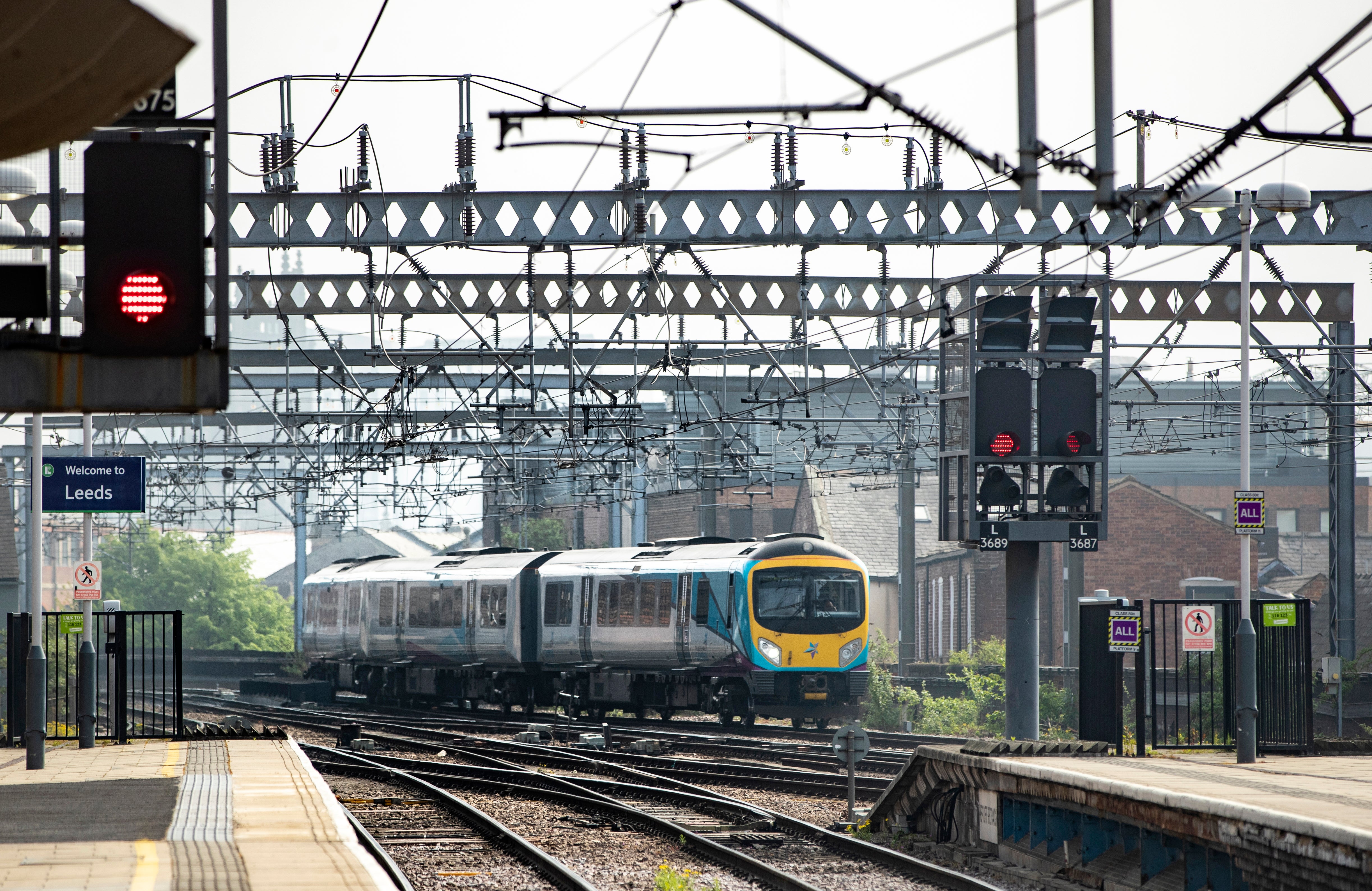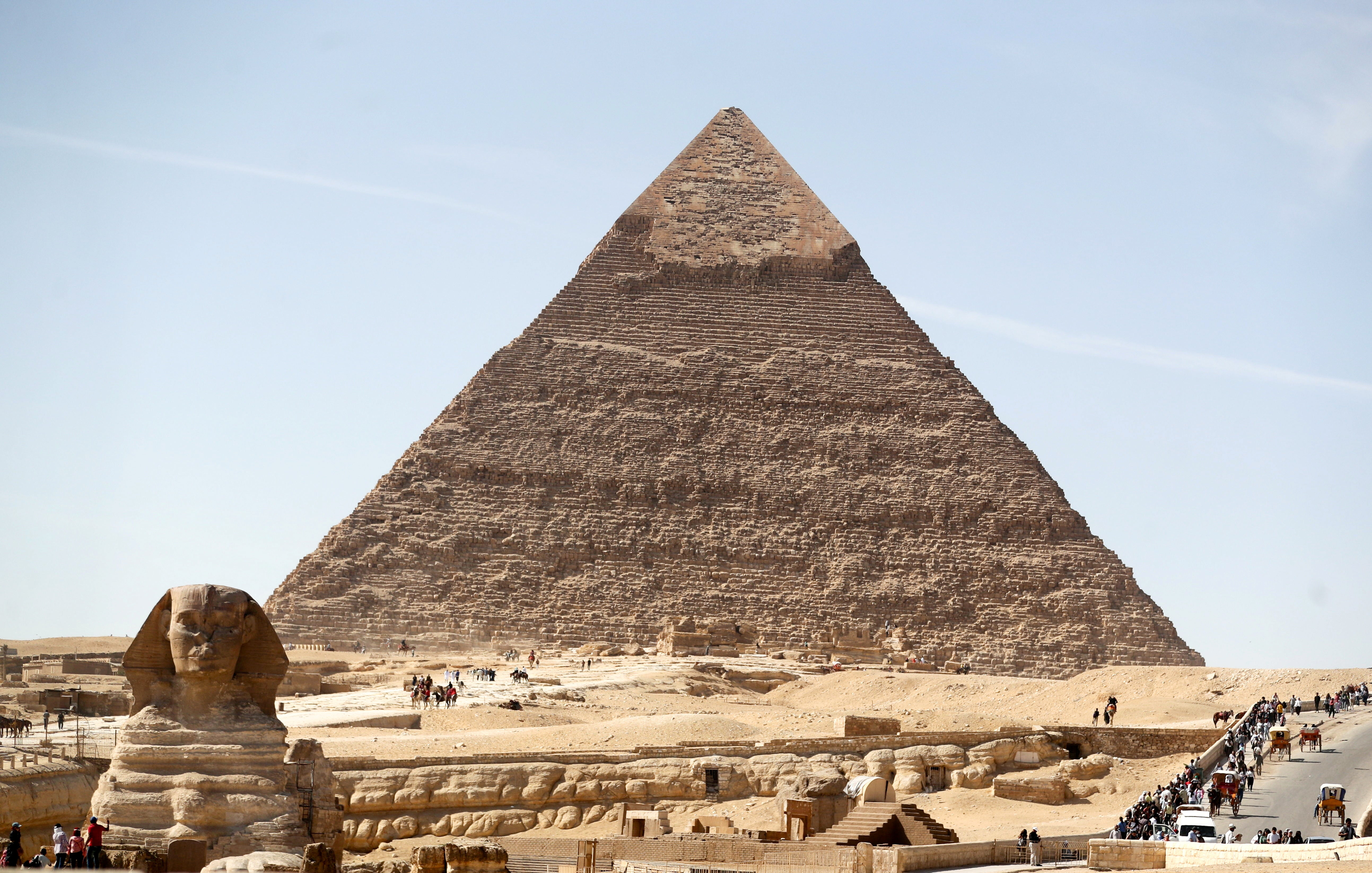Why can’t our system of rail fares and tickets be simplified?
Simon Calder answers your questions on train fares, holiday cancellations, travel vouchers and Route 66


Q The government says it wants to simplify rail fares. It could be so simple: prices that are calculated by distance. Tickets are always the same price – unless you buy on the train, when there is a surcharge. It works in the Netherlands – no surprises, everyone knows what they will be paying. Surely this could be much simpler than what is going on now?
Merel R-S
A Britain’s absurd tangle of rail fares is full of anomalies and is desperately confusing. The price you pay for a journey can be inversely proportionate to distance – TransPennine Express charges almost £5 more for an off-peak ticket from Edinburgh to Lancaster than to Preston, even though the latter is 20 miles further away. “Split-ticketing” is an established way for people to save cash, by dividing a journey into two or more sections. And 100 miles of travel in southeast England typically costs two or three times more than the same length of journey in rural Wales or Scotland.
A couple of obvious consequences: many passengers end up paying more than they should, and the sheer complexity of the system puts travellers off and persuades them that car, bus or even air is preferable.
Accordingly, many people will applaud the simplicity of your solution. I agree that travelling around the Netherlands is a breeze, with the OV-chipkaart calculating the cost as you go by rail, bus or tram. Unfortunately, one reason that rail fares in the UK have become so bizarre is that a straightforward mileage or kilometrage calculation does not work well.
As the authors of Europe by Rail say: “An unnuanced kilometrage tariff does nothing to stem demand on short commuter hops but leads to very high prices on long journeys with low demand [such as] London to Inverness.”
The solution proposed by those wiser than me is to move to “single leg” pricing, as used by the low-cost airlines, where the cost of a journey is unrelated to when or whether you wish to return. Advance booking can be incentivised, with fares set according to demand. This is a long way from the system you propose, and the pricing of “walk-up” tickets is still a subject of debate. But if the government is to be believed, fares reform is on the way. We shall see.

Q Just been called by easyJet. They’ve cancelled our package holiday to Hurghada, Egypt, leaving on 29 December and returning to the UK on 25 January. Is this a sign that there might be another travel ban on the cards?
Jane L
A No, it’s a sign that over the past few weeks a raft of new travel restrictions have come into play, increasing costs and undermining travellers’ confidence. Ministers decided to bring back the onerous testing regime that prevailed through the summer – a pre-departure test before travel to the UK, and a post-arrival PCR test – with an added twist, requiring self-isolation until a negative result is obtained after returning home.
The three elements were brought in by the UK government to “buy time” in a bid to delay the Omicron variant. Clearly, that attempt failed. But as we have seen repeatedly, new rules are brought in very swiftly and relaxed very slowly. Travellers face costs of around £100 simply to return to the UK, as well as the hassle of self-isolation.
A particular deterrent is uncertainty surrounding the pre-departure test. While plenty of people regard these tests as a sensible precaution to try to ensure passengers are not travelling while infectious, the possibility of a positive result that could keep someone in quarantine at their destination is putting off many holidaymakers.
As a result of these measures – which are in place until 5 January at least – sales of post-Christmas holidays have shuddered almost to a halt. With no late bookings at healthy prices coming in, many travel firms have reluctantly cancelled planned trips.
You should find other options for Egypt, but if there’s nothing suitable then the Canary Islands provide a good, southerly location – and, with air passenger duty at £13 for Spain rather than £82 for Egypt, the price could be good too.
I don’t expect a travel ban to be part of any post-Christmas tightening for England. But if I am wrong, and you have booked a package holiday, you will be entitled to a refund if you are not allowed to take the trip.

Q I am overworked and underprepared, and therefore only now trying to work out what to get for my adult children for Christmas. I was thinking of a gift voucher for flights or a hotel stay, or even a complete city break away, if anyone does such things. What do you suggest?
Name withheld
A I suggest you change your mind immediately and instead follow my advice. Don’t be tempted by gift vouchers. Redemption may traditionally be an important dimension of Christmas, but that is in a spiritual rather than a practical sense. Trying to redeem a travel voucher can trigger frustration and extra expense – as well as obliging the recipient to make a sub-optimal choice of flight or hotel.
Even though vouchers are doubtless given with the best intentions, they deprive the recipient of the ability to shop around. Were you to give your children Ryanair vouchers, it might be that another airline has cheaper or better-timed flights from London or Manchester to Barcelona or Rome. Next, most travel vouchers are time-limited (Ryanair’s are valid for one year), while cash is not – unless you are unfortunate enough to be holding a currency such as the Venezuelan bolívar.
With so many strings attached, gift vouchers constitute a handy earner for travel companies – and conversely, a less-than-ideal gift. Instead, I recommend anyone who is generously thinking of providing a gift of travel to family or friends to adopt a different approach. This could be hard cash “ring-fenced” for a specific purpose, or a promise: “You choose a European city break within three hours, and I’ll pay for it.” A view persists that cash is somehow a vulgar gift, but I bet the recipients won’t agree.
One exception to my general grinchiness: a voucher for a rewarding, personalised experience such as a guided (or even virtual) London walk with top Blue Badge guide Sophie Campbell.

Q What’s your view of Route 66?
Jack K
A Mostly dull or non-existent – but, in places, still magical. The “mother road” from Chicago to Los Angeles stays well south as it traverses the United States, passing through St Louis in Missouri, Tulsa in Oklahoma and Amarillo in Texas, followed by New Mexico and finally California.
Route 66 was born on 11 November 1926, to connect Lake Michigan with the Pacific Ocean. For almost all its course of over 2,400 miles, the road was just a two-lane highway, carrying trucks, Greyhound buses and cars – as well as the dreams of Americans migrating west to California, the Golden State, in search of better lives.
Three decades after Route 66 was created, a modern highway system was launched – with Interstate 40 superseding it. In many places, Route 66 was obliterated, and in others it existed only as short stretches through minor towns.
For an east-west road, it may surprise you to learn that my favourite stretch is the northwest-to-southeast segment in California – a zig-zag across a mighty pass between Victorville and San Bernardino. Both these cities have fabulous retro attractions for fans of the 20th century. At Victorville, the “aircraft graveyard” where British Airways’ old Boeing 747s are slowly decaying (along with dozens of other jets from an earlier age), and the superb California Route 66 Museum.
In San Bernardino, get your teeth into the McDonald’s Museum in the city where the burger was born – and learn about the industrialisation of fast food, which began with the “Speedee Service System”.
Then head west – on the freeway, in a couple of hours – to the Pacific, and the end of the trail at Santa Monica pier.
Email your questions to s@hols.tv or tweet @Simon Calder






Join our commenting forum
Join thought-provoking conversations, follow other Independent readers and see their replies
Comments